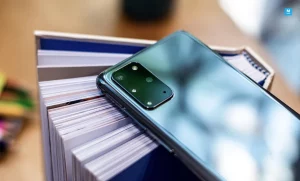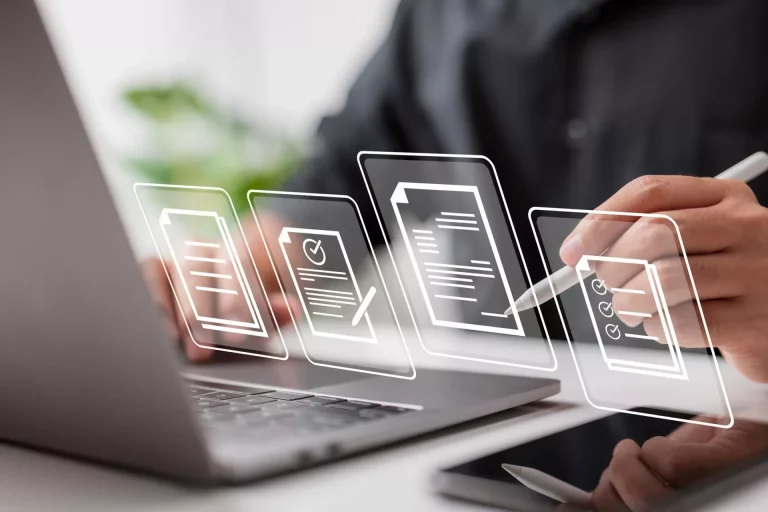In today’s fast-paced business environment, minor technical issues with Samsung Galaxy devices can greatly hinder productivity and efficiency. Slow performance, battery drain, and connectivity issues can snowball into major obstacles, compromising employee morale and ultimately, business success. To prevent downtime and ensure seamless operations, it is essential to address these common Galaxy issues proactively. By doing so, businesses can minimize the impact of these seemingly trivial matters and maintain a competitive edge.
Key Takeaways
- Identify and address root causes of Galaxy issues through thorough evaluation of hardware, software, and usage patterns to prevent recurring problems.
- Implement troubleshooting and quick-fix solutions like restarting, updating, and factory resetting to minimize downtime and boost productivity.
- Develop prevention strategies, such as regular updates, strong passwords, and battery life management, to avoid Galaxy issues and enhance business efficiency.
- Analyze user behavior and environmental factors to optimize Galaxy performance and reduce the risk of connectivity problems and slow performance.
- Monitor and maintain battery health and storage capacity to ensure seamless business operations and minimize delays in task completion and project timelines.
Understanding Common Samsung Galaxy Issues
Among the plethora of Android devices available, the Samsung Galaxy series is one of the most popular, yet it is not immune to technical glitches, and identifying common Samsung Galaxy issues is essential to resolving them efficiently. Common issues include slow performance, battery drain, and connectivity problems. Understanding these common issues enables users to troubleshoot and fix them promptly, minimizing downtime and ensuring seamless business operations.
Impact on Business Productivity and Efficiency
When technical glitches such as slow performance, battery drain, and connectivity problems afflict Samsung Galaxy devices, they can have a profound impact on business productivity and efficiency. Common Samsung Galaxy issues can lead to:
- Delays in task completion and project timelines
- Decreased employee morale and motivation
- Inefficient use of resources and increased costs
Identifying Root Causes of Galaxy Problems
Several underlying factors contribute to the emergence of common Samsung Galaxy issues, necessitating a thorough evaluation of the device’s hardware, software, and usage patterns to identify the root causes. This includes evaluating battery health, storage capacity, and app performance, as well as analyzing user behavior and environmental factors that may be exacerbating the problems.
Troubleshooting and Quick Fix Solutions

Having identified the root causes of common Samsung Galaxy issues, the next step is to apply targeted troubleshooting techniques and quick-fix solutions to rectify the problems and restore peak device performance. To resolve common issues, try:
- Restarting the device to clear memory and address software glitches
- Updating the operating system to guarantee access to the latest features and security patches
- Performing a factory reset to restore default settings and eliminate software conflicts
Prevention Strategies for Galaxy Issues
To mitigate the occurrence of common Samsung Galaxy issues, it is essential to adopt proactive prevention strategies that focus on maintaining peak device performance and minimizing potential problems. Regularly update your operating system and apps, use strong passwords, and enable two-factor authentication to prevent security breaches. Additionally, avoid overheating by managing battery life and closing unused apps.
Frequently Asked Questions
Can I Use a Non-Samsung Charger to Charge My Galaxy Device?
While it’s technically possible to use a non-Samsung charger for your Galaxy device, it’s not recommended as it may compromise charging speed, and battery health, and even pose safety risks due to varying voltage and current outputs.
How Often Should I Update My Galaxy Phone’s Operating System?
To maximize performance and security, it is recommended to update your Galaxy phone’s operating system as soon as new updates are available, ideally every 1-2 months, to prevent software vulnerabilities and bugs.
Are Galaxy Phones More Prone to Hacking Than Other Brands?
Galaxy phones are not inherently more prone to hacking than other brands. However, their popularity and widespread use make them a more attractive target for hackers, increasing the risk of potential security breaches.
Can I Repair My Galaxy Phone’s Water Damage on My Own?
While it’s possible to attempt self-repair, water damage to a Galaxy phone requires specialized tools and expertise to avoid further damage; it’s recommended to seek professional repair services to guarantee a successful and safe restoration.
Do Galaxy Phones Have Built-In Antivirus Software?
Galaxy phones do not come with built-in antivirus software, but they do have Google’s Play Protect, which scans apps for malware and provides alerts for potential threats, offering a layer of protection for your device.
Conclusion
Optimizing Samsung Galaxy’s performance is vital for business efficiency. By understanding common issues, identifying root causes, and implementing troubleshooting solutions, businesses can mitigate productivity losses. Prevention strategies, such as regular updates and strong security measures, can avert future problems. By adopting a proactive approach, organizations can guarantee seamless operations, enhance employee morale, and maintain a competitive edge. Effective management of Galaxy issues is necessary for maximizing business productivity and efficiency.



